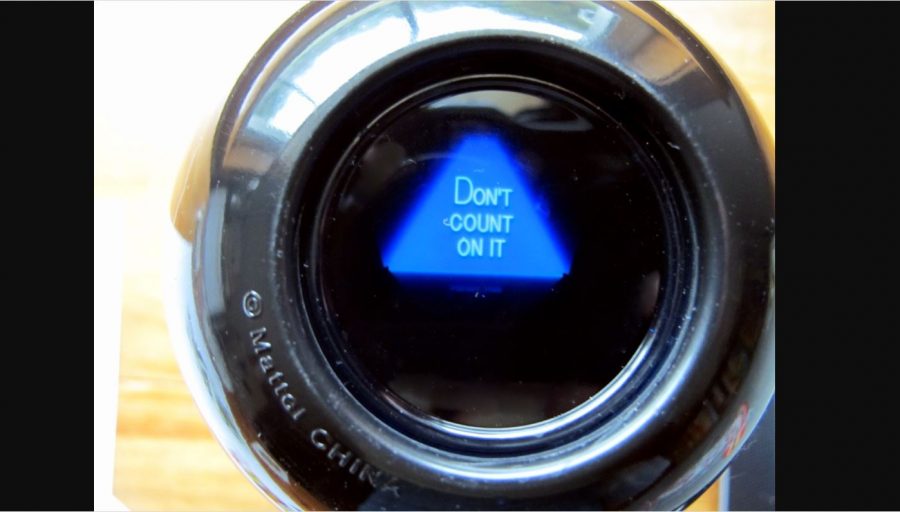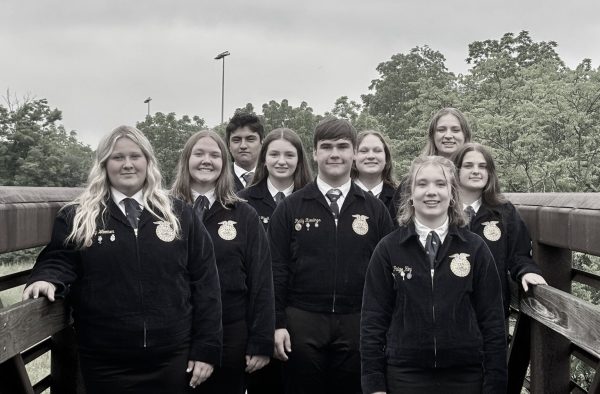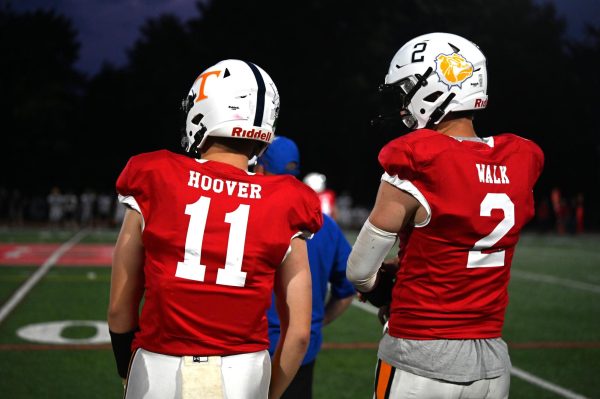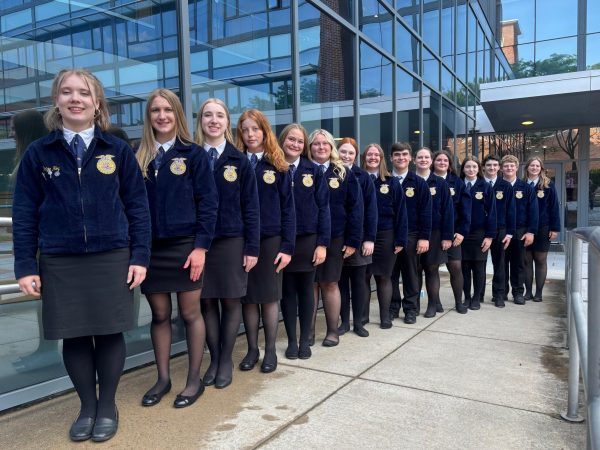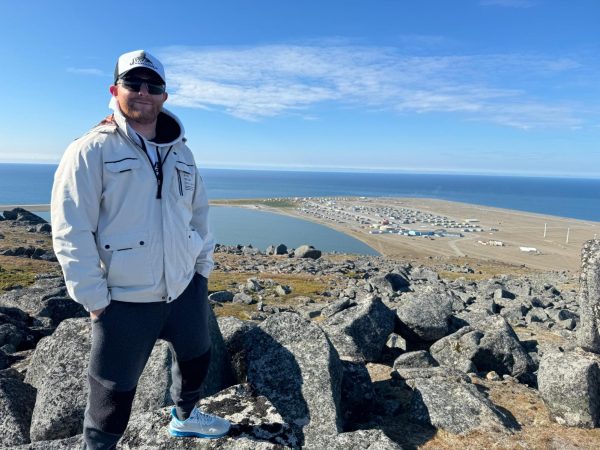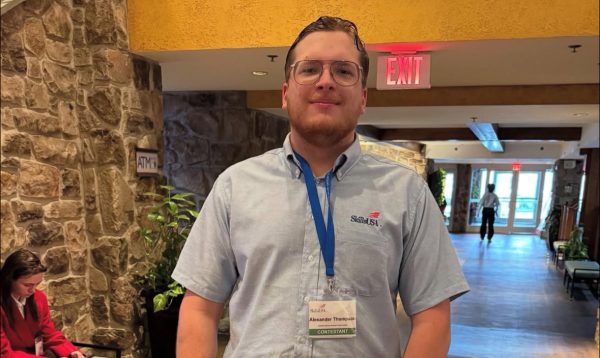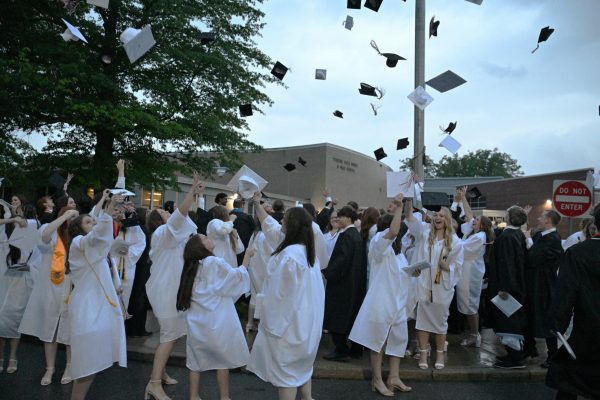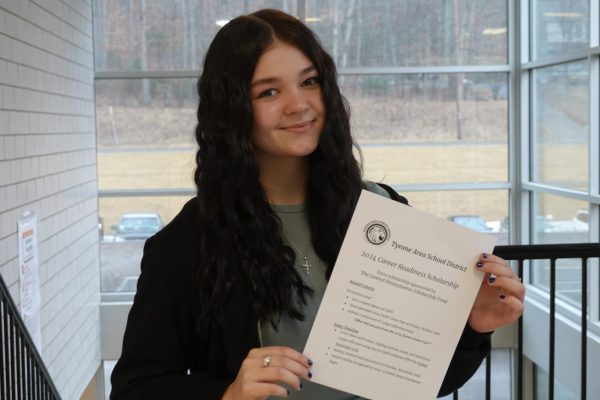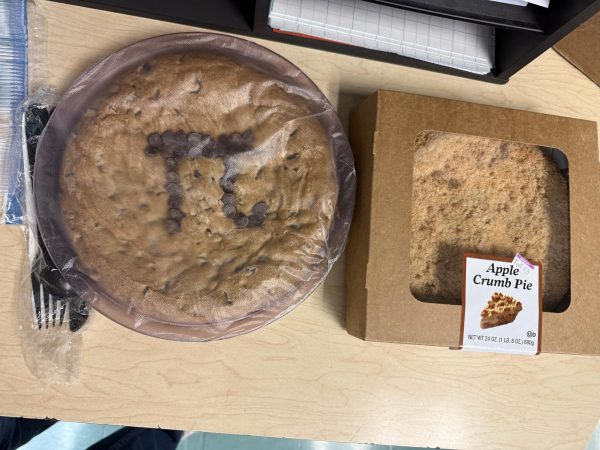Will Schools Be Back to Normal in the Fall?
Students, teachers, parents and administrators across the country are already wondering what next school year will be like.
Image used by Creative Commons license by frankieleon from Maffle Ath, Belgium / CC
Predicting what school will be like in the fall is anyone’s guess. So let’s ask the Magic 8-Ball: Will school be back to normal in the fall?
As summer looms with no end to the coronavirus pandemic in sight, the big question on every student’s mind is: “What will happen next school year?”
Unfortunately, public health officials, politicians, administrators, and teachers all seem to have the same answer: “We don’t know.”
As the picture remains opaque, school administrators everywhere are scrambling for guidance.
“Anything is possible at this point,” said newly appointed TASD superintendent Leslie Estep. “We hope that we are able to start the year in a face-to-face environment. I think that would be good for all of us to be able to reconnect. That being said, there may have to be some changes to the ways that we do things.”
Some schools in higher education have already made decisions for next year. The California State University system has already announced that it plans to keep its 23 campuses closed in the fall, affecting nearly 500,000 students.
According to the most recent data from the Chronicle for Higher Education, 67% of colleges and universities are currently planning to have in-person classes in the fall, while only 6% have already decided to offer classes online only.
Locally, Penn State University will announce its plans for the fall semester by June 15.
“At this time, the university remains optimistic for a fall return to on-campus learning in line with the latest directives and guidelines from the governor and other government and public health authorities,” Penn State President Eric Barron said in a press release on April 29.
However, if the number of infections rises steeply in the fall, as some scientists predict, more online classes may be a part of next school year for K-12 and college students.
The World of Learning Institute, an online educational resource based in Altoona, offers online interactive world language instruction to schools and individual learners. The Institute’s supervisor, Dr. Patricia Mulroy, thinks the pandemic may force schools to offer a blend of both in-person and online education.
“I do think it’s a smart plan for some mix of [classes] that will continue to happen at a distance and the possibility of some alternative scheduling,” says Mulroy.
Estep agrees that the situation in the fall may require some changes.
“We have received a lot of communications about social distancing, disinfection, scheduling, transportation, and a variety of other items to consider if we are able to resume in a traditional manner,” says Estep.
Whatever occurs in the fall there is a very high likelihood that things will not be “business as usual,” even if schools go back to traditional in-person learning.
“Some of the changes that we could foresee are modifications to classrooms and cafeterias, potential schedule adjustments for students and teachers, limited after school activities, and increased disinfection of the buildings,” says Estep.
While all this planning is intended to help students, it is important to note that not everyone will be successful or comfortable with change.
“All of this [planning] plays into the effect on the students. Many will do fine, many will not. This is a huge area to consider,” says Mulroy.
While there is no way to know what will happen next year, students, teachers, parents and administrators will have to prepare to change and adapt if necessary.
“Even in our current situation, I think everyone — students, teachers, other staff, administration, and parents — has learned a great deal about our abilities, our capabilities, our limitations, and our potential,” said Estep, “Everyone has struggled. I do think, however, that we will come out of this stronger than when we went in and if we have to continue in this manner or re-start it at some point in time, we will all be better for it.”

Mario is a Senior at Tyrone Area High school. If you were to see Mario in the hallway you would first notice his messy hair which wouldn't look out of...




